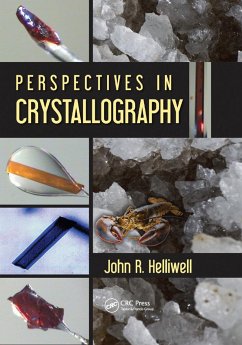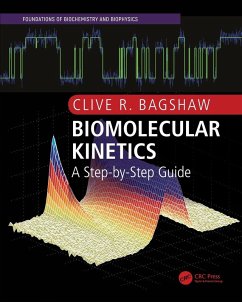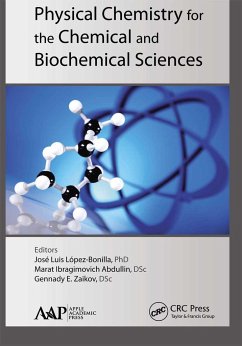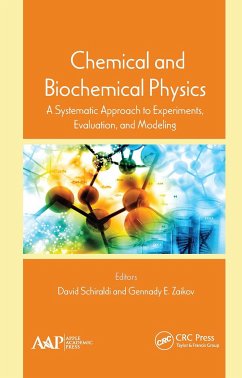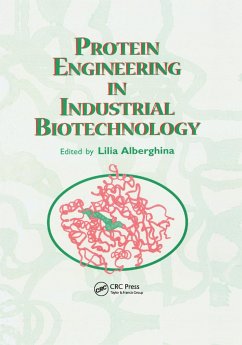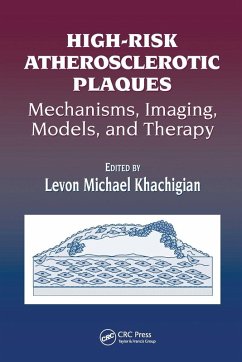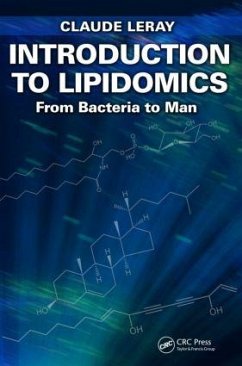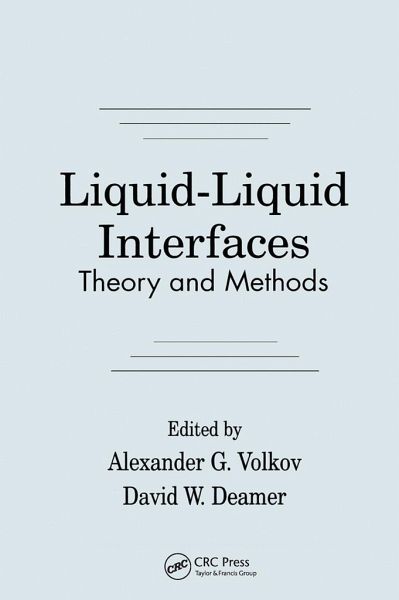
Liquid-Liquid InterfacesTheory and Methods
Versandkostenfrei!
Versandfertig in 1-2 Wochen
77,99 €
inkl. MwSt.
Weitere Ausgaben:

PAYBACK Punkte
39 °P sammeln!
This book provides a modern account of research on liquid-liquid interfaces, with particular emphasis on charge transfer effects. It discusses their applications in biotechnology such as drug delivery, mineral extraction processes, and the manufacture of biosensors.





